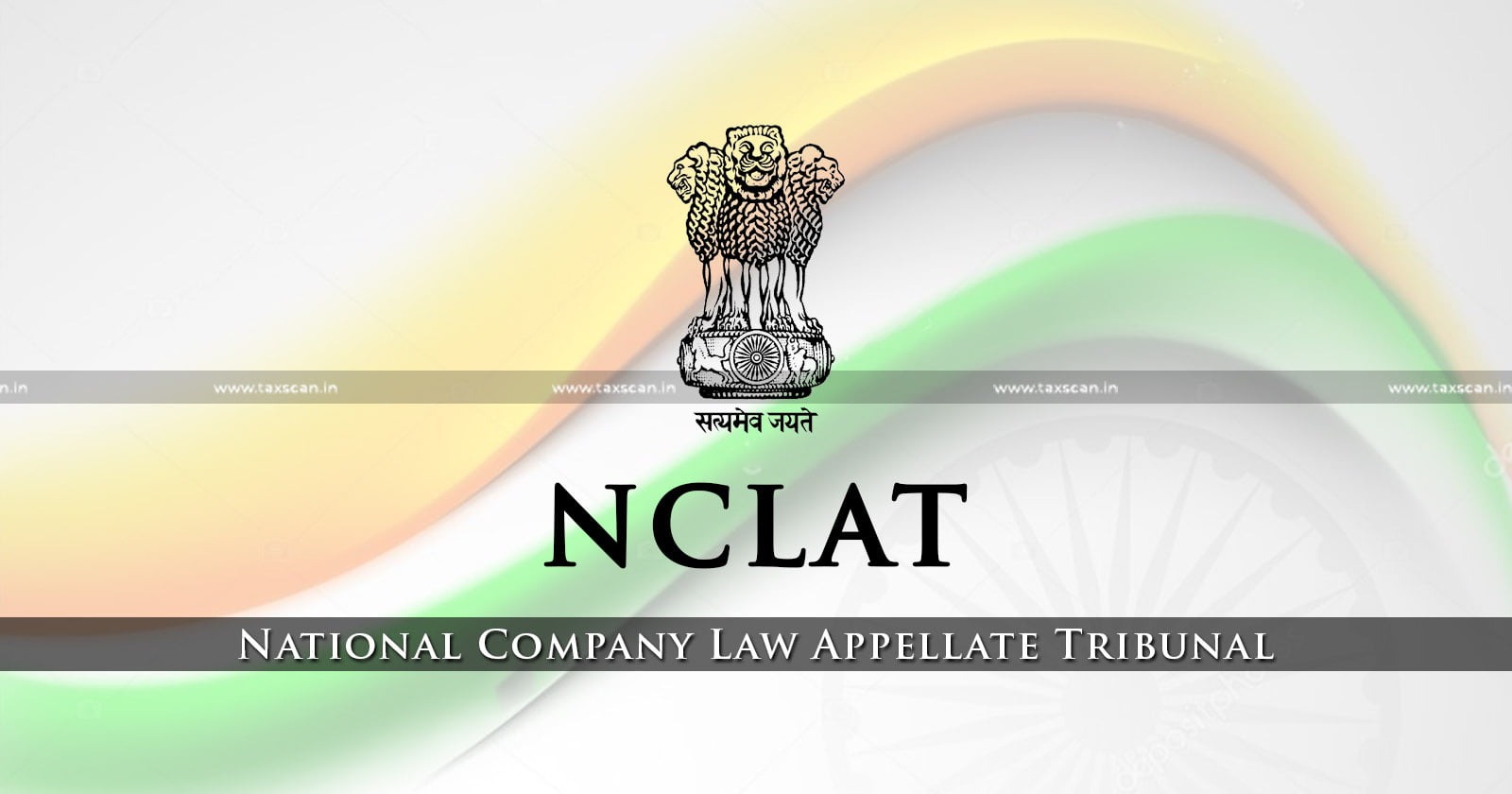Amount on Fabrication and Erection work claimed by Sub Contractor Failed to meet CIRP Cost Definition: NCLAT Sets aside NCLT Order
It was found that the Respondent's claim doesn't meet the CIRP cost definition. It lacks CoC approval, doesn't support the "going concern" objective, and is subject to unrealized payments from NTPC.

NCLAT – National Company Law Appellate Tribunal – CIRP – Cost Definition – Erection work claim – taxscan
NCLAT – National Company Law Appellate Tribunal – CIRP – Cost Definition – Erection work claim – taxscan
The Principal Bench of the National Company Law Appellate Tribunal ( NCLAT ) set aside the National Company Law Tribunal ( NCLT ) as the amount of fabrication and erection work claimed by sub-contractor failed to meet the Corporate Insolvency Resolution Process ( CIRP ) cost definition.
Avil Menezes, the Appellant, is the Corporate Debtor's Liquidator, i.e., Sunil Hitech Engineering Ltd. (SHEL). The appeal was filed under Section 61 of the Code against the Impugned Order passed by the National Company Law Appellate Tribunal ( NCLT ) allowing the claims during the CIRP to be treated as CIRP costs.
The National Thermal Power Corporation Limited ( NTPC ) issued a Letter of Award to the Corporate Debtor ( SHEL ) to construct CW Systems and MUW Systems Civil Works for the Darlipali Super Thermal Power Project, Odisha. The Corporate Debtor (SHEL) entered into a sub-contract with Respondent No. 1/ M/s RBM Enterprises, appointing it to fabricate and erect CW ducts at the NTPC project site at Darlipali, Odisha.
The work order was issued in favour of Respondent No. 1. It was a sub-contract under the main contract executed between the Corporate Debtor and National Thermal Power Corporation Limited ("NTPC") on a back-to-back basis. The Adjudicating Authority initiated CIRP against the Corporate Debtor and appointed Mr. Harshad Deshpande as the Interim Resolution Professional (IRP).
Mr. Ashish Rathi was appointed as the Resolution Professional (RP), and later on an Interlocutory Application for liquidation of the Corporate Debtor was filed and admitted in June 2019. The Appellant was appointed as the liquidator. Upon his appointment, the Appellant invited claims from creditors, and Respondent No. 1 submitted a claim for INR 1,36,41,854/-, relating to fabrication and erection works at the Darlipali project site. After a meeting with Respondent No. 1 and other secured creditors, the appellant determined that the claimed amount did not qualify as CIRP cost. Respondent No. 2, the former Resolution Professional, also confirmed this stance during the meeting, stating that only running costs during the CIRP period were considered as CIRP costs.
The Appellant has urged the Tribunal to overturn the Adjudicating Authority's order and classify the claimed amount as non-CIRP cost, aligning with CoC decisions, regulatory provisions, and contractual terms.
The Resolution Professional (“RP”) of the Corporate Debtor, filed an Interlocutory Application under Section 33 of the Code for the liquidation of the Corporate Debtor.
The erstwhile Resolution Professional of the Corporate Debtor had provided the Appellant with an estimated overall CIRP Costs incurred during the CIRP. However, there was a significant difference in the estimated CIRP cost provided by Respondent No. 2/ Resolution Professional and the cost recorded in the books of the Corporate Debtor. It was, therefore, decided by the Appellant and Secured Creditor that a meeting should be held between the Appellant, Respondent No. 2 and the top four secured creditors to discuss the above-said issue.
Respondent No.1 issued a legal notice to the Appellant demanding immediate payment of its dues on the ground that the cost incurred by the Appellant was part of the CIRP cost.
The Appellant, vide email responded to the above legal notice wherein the Appellant clearly stated that the dues of Respondent No.1 were not classified as CIRP costs by Respondent No. 2 and, therefore, the Appellant cannot treat the claim of Respondent No. 1 as a CIRP cost. And the same would be distributed following Section 53 of the Code.
It was observed that the following criteria determine whether a cost incurred by the Resolution Professional during CIRP qualifies as CIRP cost: (a) maintaining the Corporate Debtor as a going concern, (b) payment to suppliers of essential goods and services, and (c) direct relation to CIRP with approval from the Committee of Creditors (CoC). Applying these criteria to this case, the claim fails to meet the definition of CIRP cost.
The Respondent's claim lacks the crucial approvals from both the Resolution Professional (RP) / Committee of Creditors (CoC), a clear requirement for CIRP cost classification.
Justice Ashok Bhushan, Chairperson and Arun Baroka, Member (Technical) observed that work performed by Respondent No. 1 on the terminated Darlipali project did not contribute to maintaining the Debtor as a "going concern," another essential element of CIRP costs.
It was found that the Respondent's claim doesn't meet the CIRP cost definition. It lacks CoC approval, doesn't support the "going concern" objective, and is subject to unrealized payments from NTPC.
“The AA's decision contradicts CoC's authority, previous rulings, and commercial realities and is therefore set aside. Accordingly, the Respondent's claim should not be treated as CIRP cost. “, the Tribunal held.
To Read the full text of the Order CLICK HERE
Support our journalism by subscribing to Taxscan premium. Follow us on Telegram for quick updates


